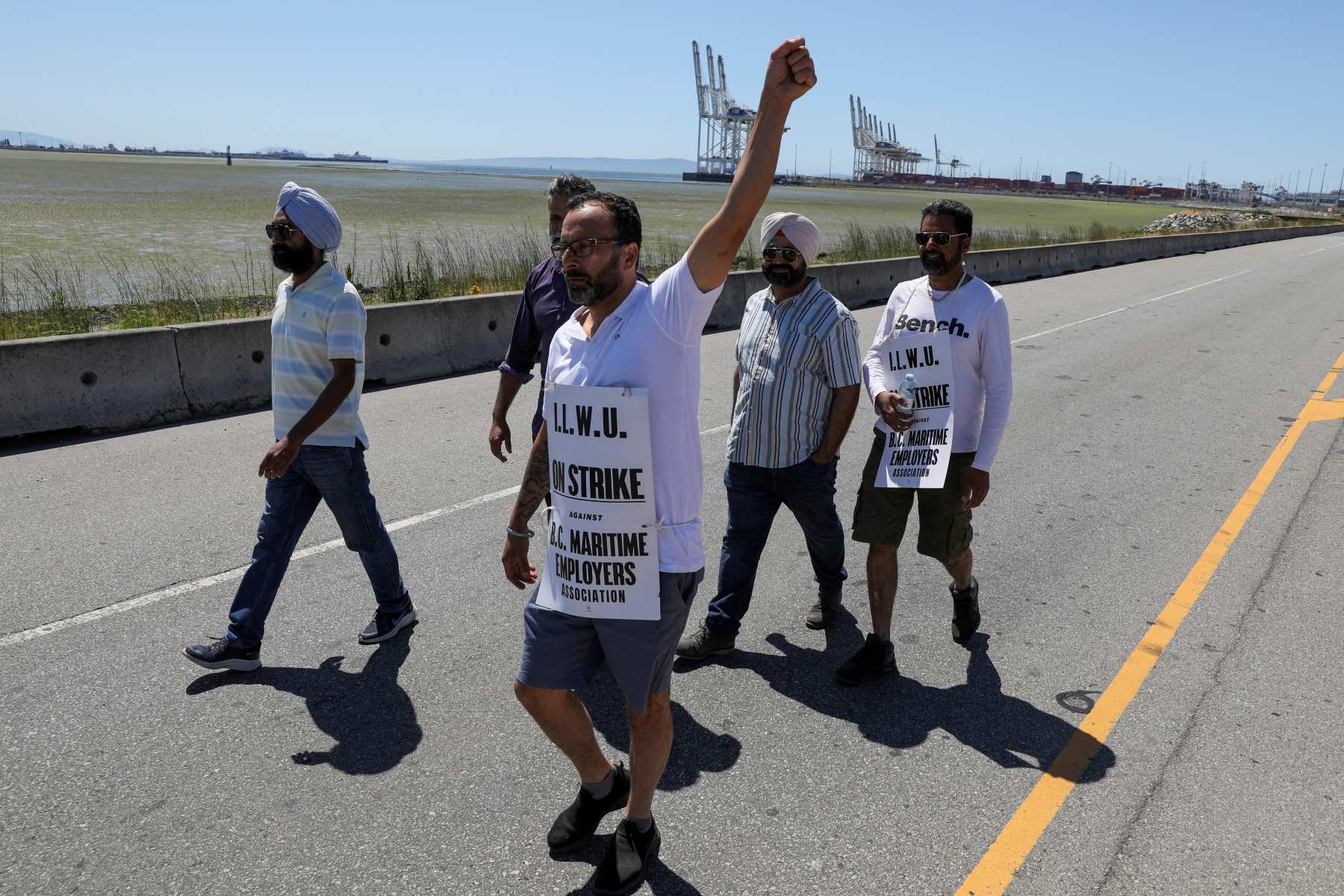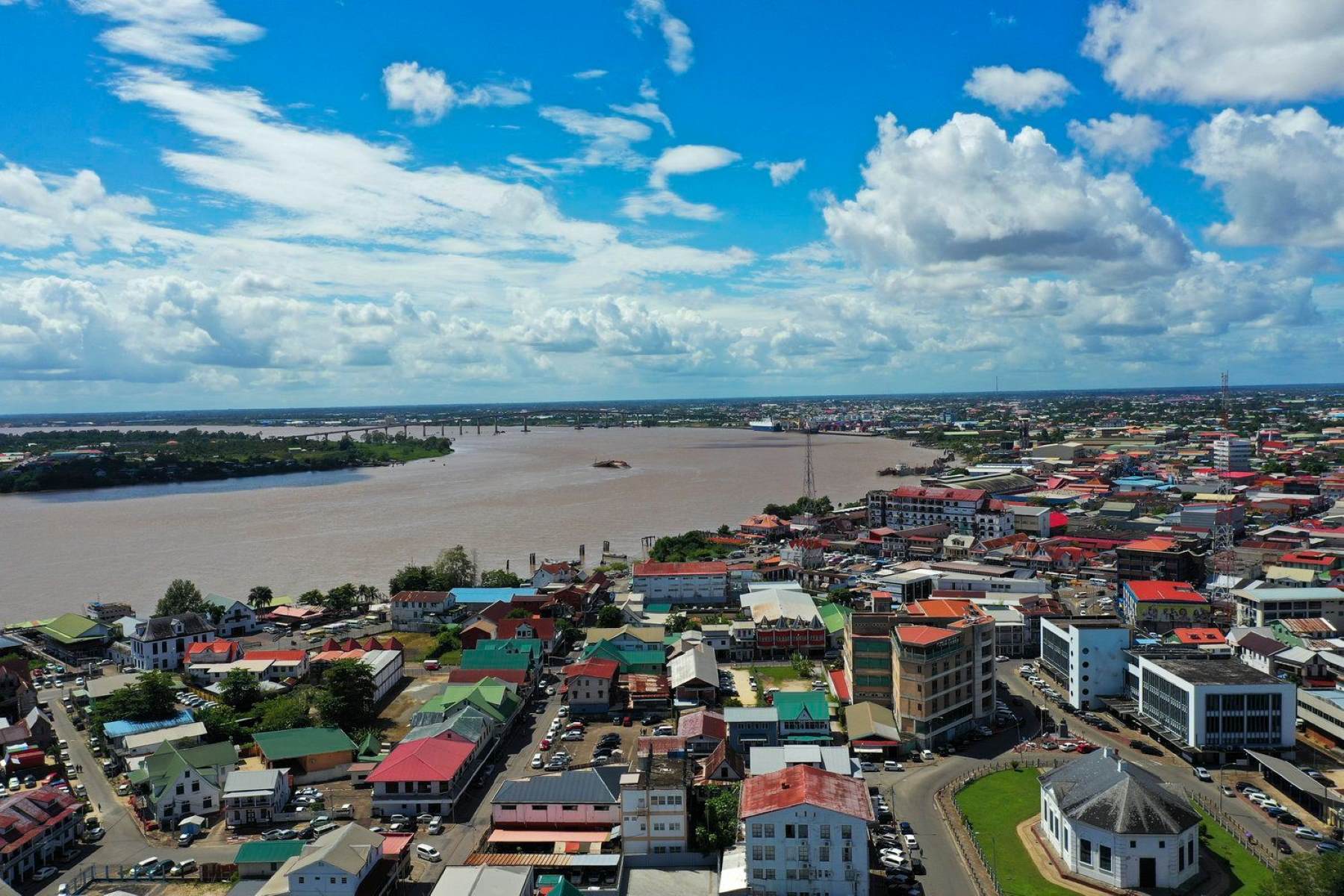
The Longshoreman Strike of 1934 stands as a monumental event in American labor history. This strike, also known as the West Coast waterfront strike, was a fierce battle for workers' rights, particularly in the maritime industry. San Francisco's port played a crucial role, becoming the epicenter of the conflict. Workers demanded better wages, safer working conditions, and union recognition. Their struggle was marked by significant events like "Bloody Thursday" and a general strike that shut down the city. The strike's impact was profound, leading to coastwide unionization and setting a precedent for future labor movements. Harry Bridges emerged as a key leader, guiding the longshoremen to victory. This strike not only reshaped the maritime industry but also left a lasting legacy in the fight for workers' rights.
Key Takeaways:
- The 1934 Longshoreman Strike in San Francisco was a pivotal moment in American labor history, highlighting the fight for fair working conditions and union recognition.
- The strike's impact continues today, with ongoing debates about union rights, automation, and worker dignity, as the ILA demands higher wages and a ban on automation.
The Strategic Importance of the Port of San Francisco
The Port of San Francisco played a crucial role in the West Coast's economy, making it a key battleground for the longshoremen's strike. The Blue Book union, which controlled hiring practices, was a significant obstacle for the longshoremen seeking union recognition and better working conditions.
- The Port of San Francisco was vital to the West Coast's economy.
- The Blue Book union controlled hiring practices, making it difficult for longshoremen to gain fair employment.
Immediate Causes of the Strike
Several immediate causes led to the 1934 Longshoreman Strike. The refusal of employers to grant a raise and the opportunities for organizing offered by the National Industrial Recovery Act (NIRA) under a labor-friendly administration were significant factors.
- Employers refused to give West Coast longshoremen a raise.
- The National Industrial Recovery Act (NIRA) provided prospects for organizing under a labor-friendly administration.
The 1934 ILA District Convention
The ILA District Convention in San Francisco in February 1934 was a pivotal event. Longshore locals agreed on several demands, including control over hiring halls, coastwise bargaining, a 30-hour work week, wage increases, and union recognition.
- The ILA District Convention took place in San Francisco in February 1934.
- Longshore locals agreed on demands such as control over hiring halls and coastwise bargaining.
Employer Rejection and Blue Book Company Union
When longshoremen met with the San Francisco Waterfront Employers Association, they faced rejection. The Blue Book union served to investigate whether San Francisco longshoremen had any past affiliation with the Riggers and Stevedores Union.
- Employers rejected the longshoremen's demands.
- The Blue Book union investigated workers' past affiliations with the Riggers and Stevedores Union.
Strategic Importance of Destroying the Blue Book Union
For the longshoremen to win coastwise recognition and ILA-controlled hiring halls, the Blue Book union had to be dismantled. Organizers in the Communist Marine Workers Industrial Union (MWIU) played a crucial role in this effort.
- The Blue Book union needed to be destroyed for longshoremen to gain recognition.
- Organizers in the Communist Marine Workers Industrial Union (MWIU) were instrumental in dismantling the Blue Book union.
The Matson Strike and ILA Pacific District Strike Vote
The Matson strike was a significant victory for the union. Longshoremen at Matson’s docks went on strike, and within a week, Matson gave in to their demands. Following this, the ILA Pacific District issued a strike ballot to its membership.
- The Matson strike was a significant victory for the union.
- The ILA Pacific District issued a strike ballot after their demands were rejected.
President Roosevelt’s Intervention
On the day before the longshoremen were scheduled to stop working, President Roosevelt intervened, asking the ILA to call off the strike until a board could investigate and mediate between the union and employers.
- President Roosevelt asked the ILA to call off the strike to allow for mediation.
- This intervention aimed to protect the U.S. economy's recovery from the Depression.
Economic Impact and ILA Demands
The strike threatened to severely limit exports and imports, particularly affecting food and agricultural products. The ILA sought wage increases, a higher starting wage for new employees, enhanced health care benefits, and more.
- The strike threatened to limit exports and imports, affecting food and agricultural products.
- The ILA demanded wage increases, better starting wages, and enhanced health care benefits.
Containerized Agricultural Exports and Major Ports Affected
Containerized agricultural exports composed a significant portion of U.S. waterborne agricultural exports. The strike would impact U.S. ports with ILA workers, primarily along the East and Gulf Coasts.
- Containerized agricultural exports made up over 30% of U.S. waterborne agricultural exports.
- The strike would impact ports with ILA workers, mainly on the East and Gulf Coasts.
General Strike in San Francisco and Bloody Thursday
The general strike in San Francisco, which shut down the city, was a pivotal moment. "Bloody Thursday" occurred when police and the California National Guard attempted to open the port by force, resulting in the shooting of two strikers.
- The general strike in San Francisco shut down the city.
- "Bloody Thursday" saw police and the National Guard attempt to open the port by force, leading to the shooting of two strikers.
Union Demands and the Shape-Up System
The main issues for longshoremen included replacing the "shape-up" hiring system with a union hiring hall, ending the "speed-up" of cargo handling, raising wages, and implementing a 30-hour work week.
- Longshoremen wanted to replace the "shape-up" hiring system with a union hiring hall.
- They also sought to end the "speed-up" of cargo handling and raise wages.
Public Opinion Shift and Arbitration Victory
The mass funeral procession and subsequent general strike shifted public opinion in San Francisco from fear and opposition to support for the strike. After four days of the general strike, the longshoremen’s demands went into arbitration.
- Public opinion shifted in favor of the strike after the mass funeral procession.
- The longshoremen’s demands went into arbitration after four days of the general strike.
Harry Bridges’ Leadership and Historical Significance
Harry Bridges emerged as a significant labor leader during this strike. The 1934 Longshoreman Strike marked a significant moment in American labor history, highlighting issues around dignity of work, income inequality, and union rights.
- Harry Bridges became a prominent labor leader during the strike.
- The strike highlighted issues around dignity of work, income inequality, and union rights.
Continuum to Present and ILA’s Current Demands
The historical event continues to have relevance today, with ongoing debates about union rights, automation, and worker dignity. The ILA is currently demanding significantly higher wages and a total ban on automation.
- The strike's relevance continues today with debates about union rights and automation.
- The ILA is demanding higher wages and a ban on automation.
Potential Strike Impact and Automation Concerns
A strike by approximately 45,000 dockworkers across the East and Gulf Coasts could lead to the closure of ports managing around half of the nation’s cargo. The ILA is concerned about automation leading to job losses.
- A strike could lead to the closure of ports managing half of the nation’s cargo.
- The ILA is worried about automation causing job losses.
Negotiation Impasse and ILA’s Preparedness for Strike
The current contract negotiations between the ILA and the United States Maritime Alliance (USMX) have reached an impasse. ILA President Harold Daggett has indicated that the union is prepared to strike once their contract expires.
- Contract negotiations between the ILA and USMX have reached an impasse.
- ILA President Harold Daggett has stated that the union is ready to strike.
Potential Strike Duration and Economic Consequences
The duration of a potential strike could significantly impact the economy. A strike lasting over a month could result in shortages of certain consumer goods, although most holiday merchandise has already been imported.
- The duration of a strike could have a significant economic impact.
- A strike lasting over a month could lead to shortages of consumer goods.
Consumer Impact and Government Intervention
Consumers could face shortages and delays in receiving everyday items. There have been calls for government intervention to prevent the strike, but analysts believe that President Joe Biden is unlikely to step in just a month before the election.
- Consumers could experience shortages and delays in receiving everyday items.
The Lasting Impact of the 1934 Longshoreman Strike
The 1934 Longshoreman Strike wasn't just a fight for better wages and working conditions. It reshaped American labor history. By challenging the Blue Book union and demanding union recognition, longshoremen set a precedent for future labor movements. The strike's success, marked by the general strike in San Francisco and the tragic events of Bloody Thursday, highlighted the power of collective action. Harry Bridges' leadership and the public opinion shift played crucial roles in achieving the union's goals. Today, the legacy of this strike continues to influence debates on automation, worker rights, and union power. The ongoing struggles of the International Longshoremen's Association (ILA) echo the demands of 1934, reminding us of the enduring fight for dignity of work and fair treatment. The 1934 Longshoreman Strike remains a testament to the resilience and determination of workers everywhere.
Frequently Asked Questions
Was this page helpful?
Our commitment to delivering trustworthy and engaging content is at the heart of what we do. Each fact on our site is contributed by real users like you, bringing a wealth of diverse insights and information. To ensure the highest standards of accuracy and reliability, our dedicated editors meticulously review each submission. This process guarantees that the facts we share are not only fascinating but also credible. Trust in our commitment to quality and authenticity as you explore and learn with us.


